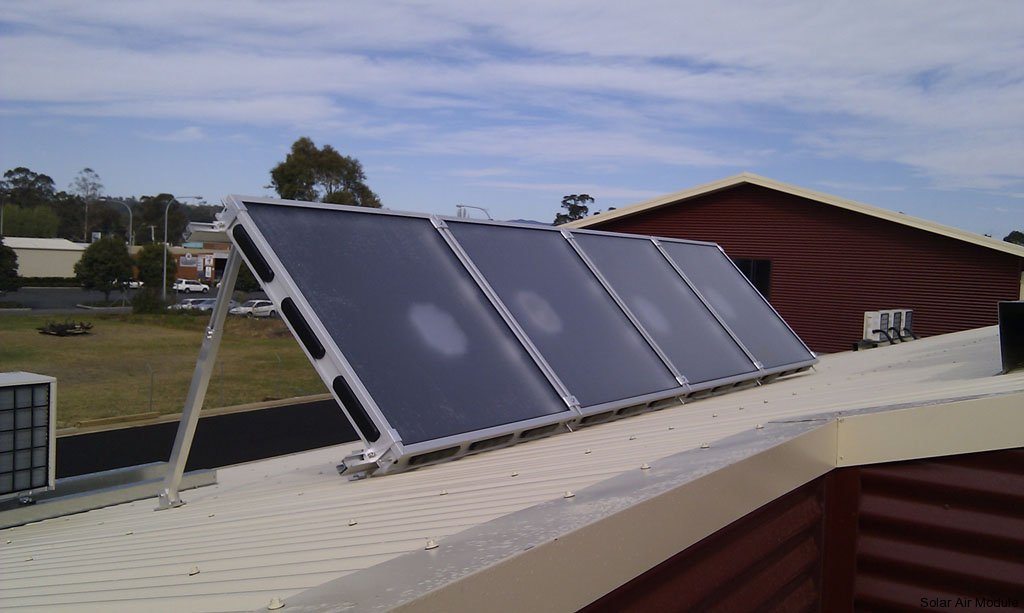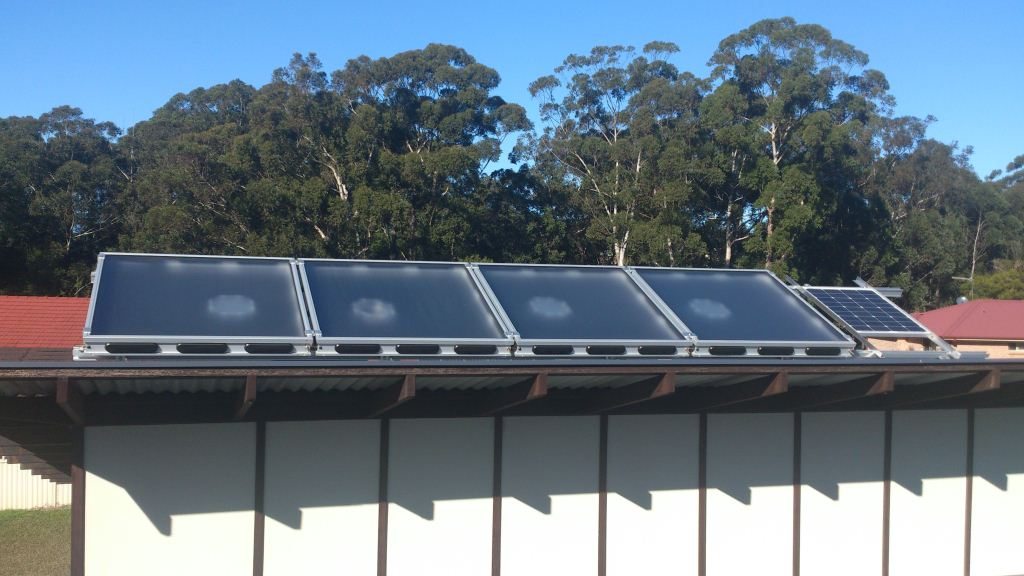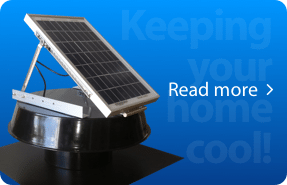So what exactly is solar heating and how does solar heating work?
There are various types of solar heating systems available for different solar heating applications such as water heating, pool heating, solar air heating and solar space heating.
Our blog will focus on solar air heating and solar space heating.
Solar air heating systems are used for solar space heating. The solar heating system captures irradiation from the sun and transfers it into the home or commercial building.
Fundamentally, there are two types of solar air heaters: Solar Air Collectors and roof based collectors.
Solar air collectors are purpose built solar heaters, which are normally placed on the roof at a relatively steep angle (in Melbourne around 55 degrees, which maximises the solar heat absorption during winter time.
Solar air collectors can either use recycled air from inside the home – or use fresh air from the outside through the solar collector. As the air moves through the collector the solar heat from the sun will be transferred into the air, which will be pulled into the solar collector and from there delivered through a duct into the area which is being heated. Using fresh air supply means a significant solar heat contribution to the home or office is being ventilated with fresh pre-heated air. These Solar Heaters therefore improve the indoor air quality and reduce moisture levels, which in turn help to control mould problems and reduces condensation etc.
Roof based solar heating systems aim to take advantage of the higher temperatures in the roof, which may occur during longer periods of sunny weather. These systems will have a fan that draws the warmer air from the roof space through a filter to minimise dust and other particles before supplying this air into the building. The performance of roof based systems will depend very much on the type of roof and whether the roof has insulation or not. Other factors impacting will be whether the north facing part of the roof is partially covered – e.g. by solar panels, solar hot water collectors or solar pool heating.







